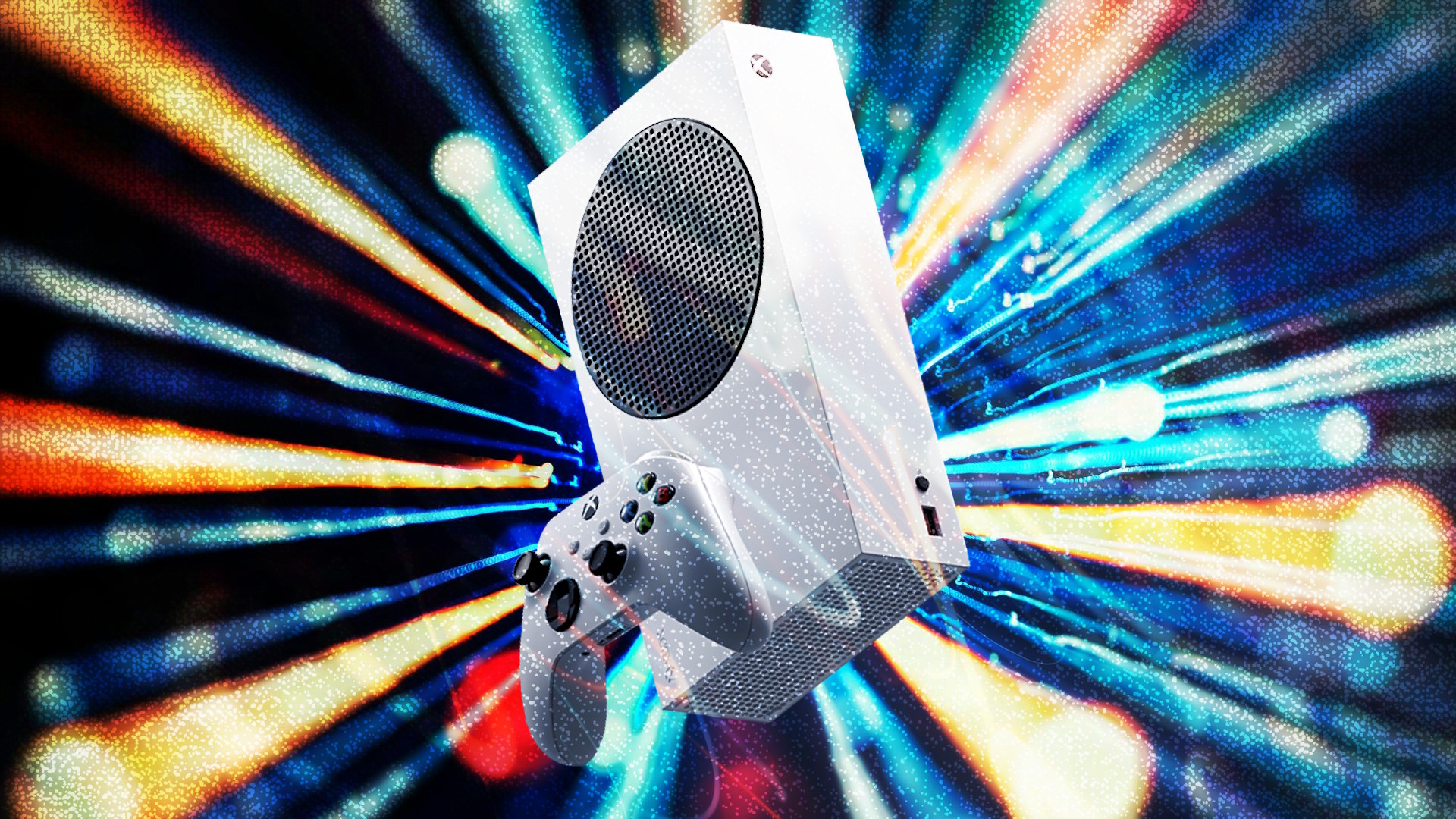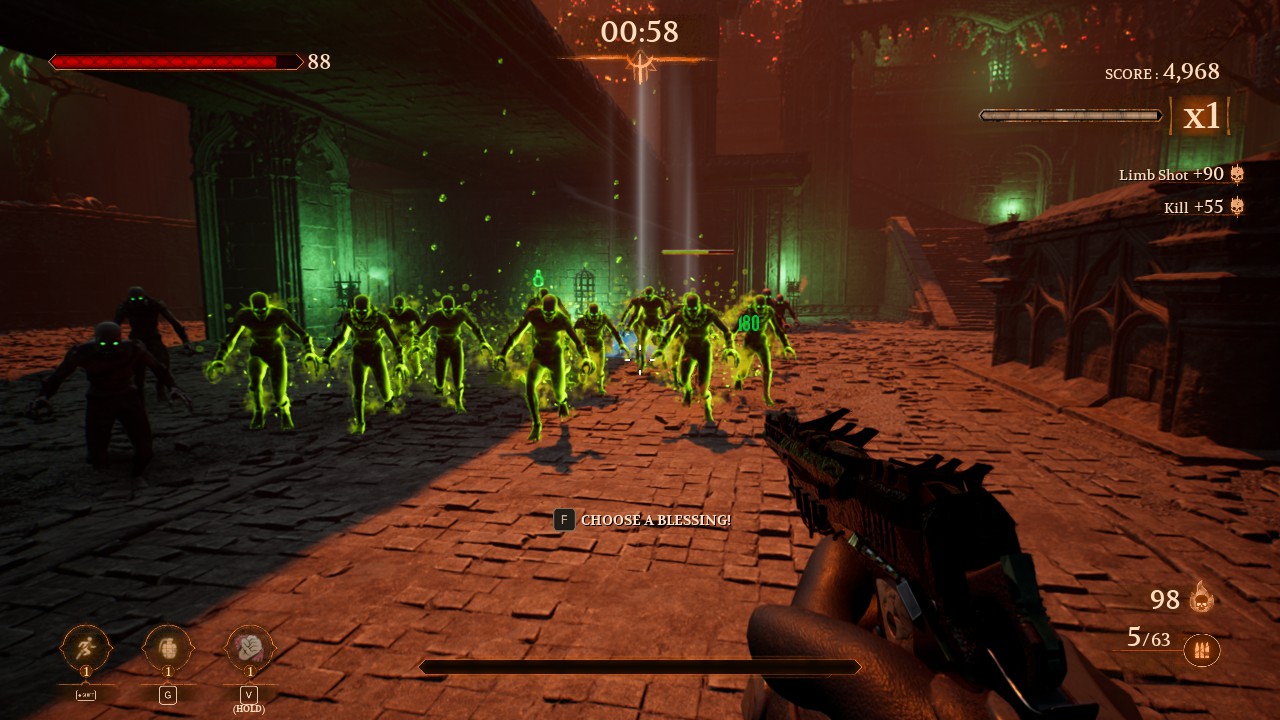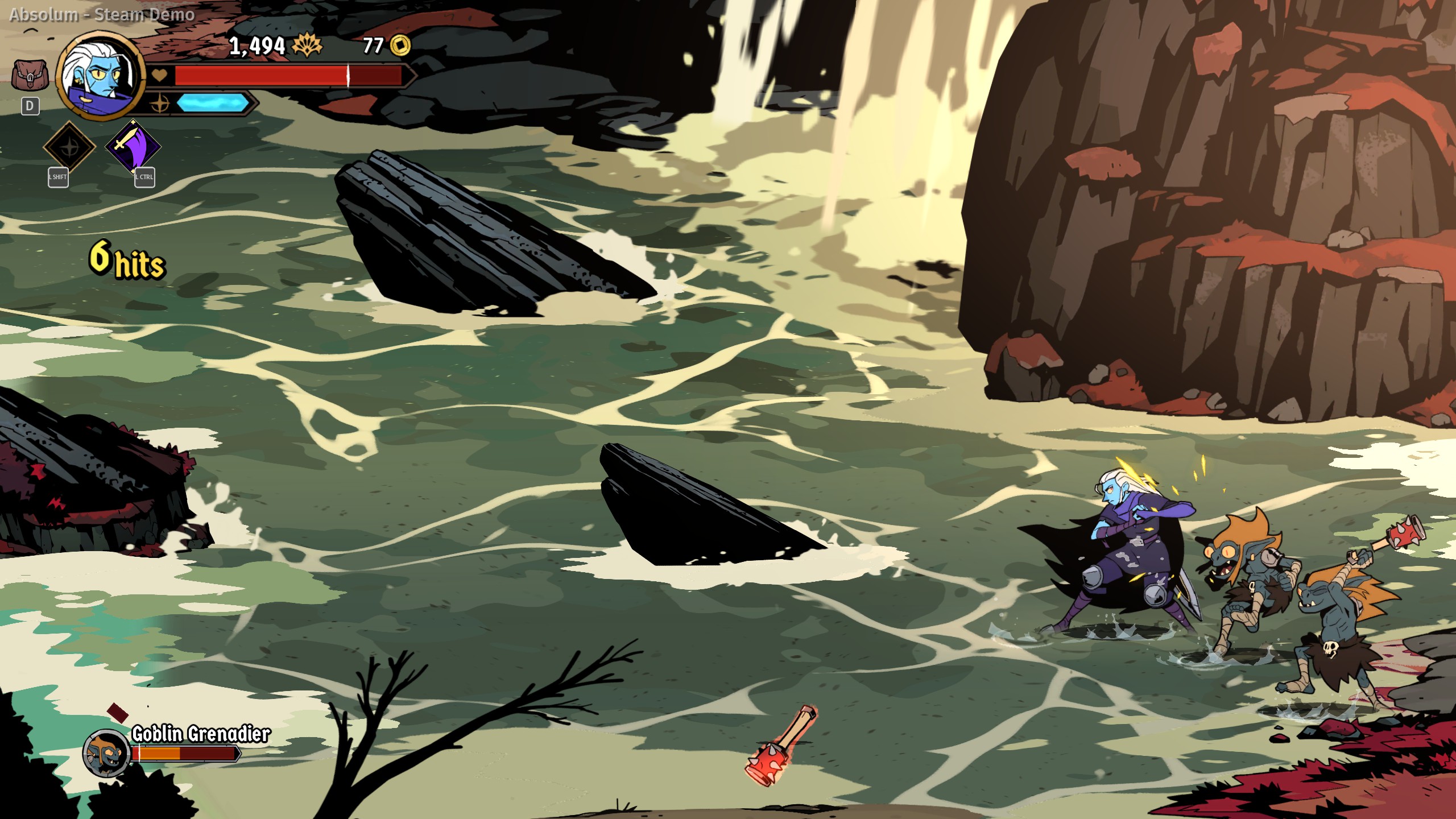Seemingly out of nowhere, Microsoft has gone ahead and announced its plans for the next generation of Xbox consoles that will succeed the Xbox Series X|S. This new generation is being developed in cooperation with longtime partner AMD, who is creating a new AI-driven chipset that will be featured in the new Xbox devices. As exciting as the prospect of a new generation of hardware always is, this announcement comes at the apex of what has been an exceptionally transformative time for Xbox. It begs the question: where will these new consoles fit in—and who will buy them?
“This is an Xbox”
This tagline has been the prominent feature of the Xbox ad campaign that first began back in mid 2024. Ever since, Microsoft has been increasingly doubling-down on the notion, as the reaches of ‘Xbox’ as an umbrella brand continues to expand.
All of this stems from the radical shift in strategy that became the backbone of Microsoft’s tumultuous purchase of Activision-Blizzard back in 2023. In short, when the purchase was brought before various courts, Microsoft argued that such a move was necessary for Xbox to survive, as it effectively declared itself the biggest loser in the ‘console wars.’ It pointed out how it has been bested time and again by the likes of PlayStation, and even Nintendo, who entered the 2010s face-first, but managed to make a roaring comeback throughout the Switch generation.
Consequently, the new mission behind Xbox is to treat it as a one-stop shop that encompasses a variety of facets. Not only is it the name of Microsoft’s gaming hardware line, but it’s now also the name of its publishing arm, and all of its gaming-related services.

This restructuring has been going on over the last several years, but has become extremely prominent in recent times. The biggest evidence of this is Microsoft taking the sledgehammer to the long-standing tradition of first-party exclusives. Such a thing is effectively no more at Xbox, as more and more of its most major IP, even the likes of crown jewels such as Forza, are making their way to formerly ‘rival’ platforms.
In no uncertain terms—there’s not really any turning back from this.
Throughout gaming’s still relatively short history, we’ve seen time-and-again brands come and go. Former major players like Atari and Sega do not exist in anywhere near the same capacity as they did at the height of their prominence. Microsoft’s major play at taking on the titans in the early 2000s with the original Xbox paid off massively, and it was able to spend the rest of the decade taking the fight right up to Sony’s doorstep, in particular.
But, now it seems to be going the way of those aforementioned ‘lost’ brands. Well, actually, not quite. While there does seem to be a few parallels, those other companies never had the extreme capital and grandeur of Microsoft. They were never anywhere near its scale.
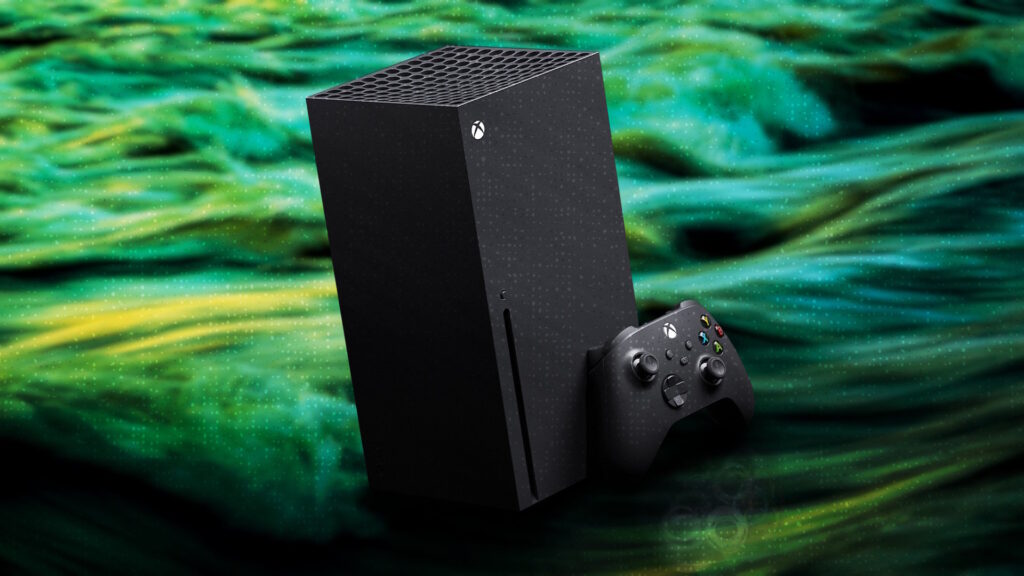
Herein lies the difference between Microsoft and those other companies. Even in the face of self-admitted “defeat” and a push to spread their wares wherever players roam, Microsoft is still deciding to keep the Xbox hardware line alive for a whole new generation. Partly because it ‘just can’, and partly because it arguably still needs to.
Forging its own path
As we’ve covered, Microsoft is essentially transforming Xbox into one of gaming’s largest umbrellas. It has the resources to do so, and is putting them to extensive use.
Between major undertakings like Xbox Cloud Gaming that’s supported on a wide variety of devices, to Xbox Game Pass that’s still considered by many to be “one of the best deals in gaming.” And, of course, Xbox Games Studios that is now comprised of incredibly large teams that span the globe. Indeed, there are pillars and pillars of support that are holding up the ‘Xbox’ name.
Nevertheless, despite how healthy Xbox as a whole has become (in some ways, by force,) there’s still no getting around the decline in where it all started: the Xbox console ecosystem.
Microsoft continues not to report Xbox hardware sales; something it stopped doing during the Xbox One era. It was that era, in particular, that crippled its grip on the industry. The missteps of the console’s announcement and subsequently tepid launch caused it to stumble out of the gate. It never truly recovered at any point.
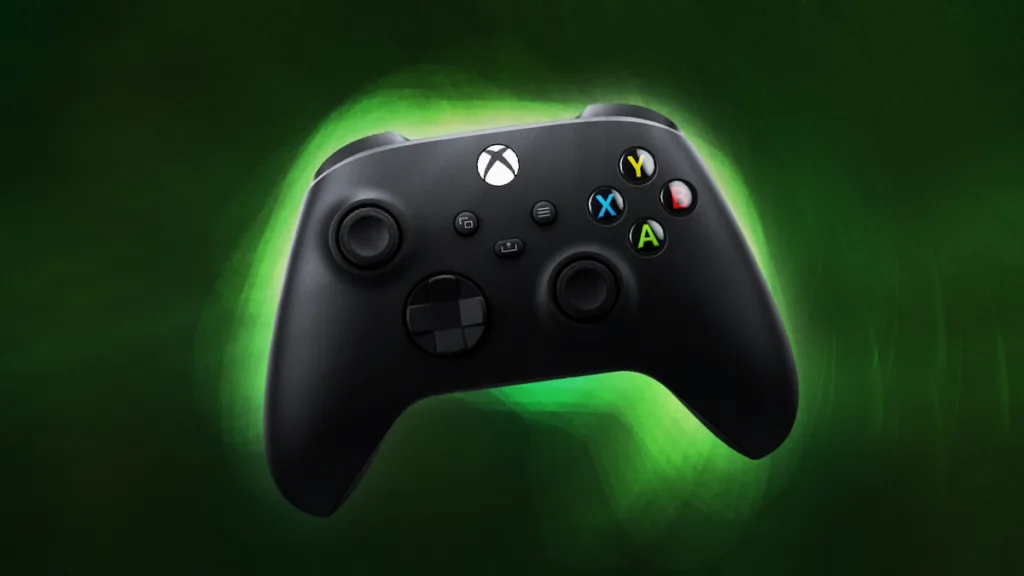
The Xbox Series X|S were clearly meant to right the wrongs of the previous generation by giving gamers everything they seemed to need: a budget-friendly entry point in the form of the Series S, and an all-powerful, bleeding-edge variant in the Series X; each sharing the same architecture and library.
Despite them checking all the boxes, the PS5, which launched at the exact same time, still managed to swoop in and snatch the crown practically from the beginning. Not to mention the Switch, which was already a well-established platform, was hardly affected by the arrivals of either new sets of hardware.
Considering that Microsoft has never turned a profit during any of the Xbox generations, this latest folly could not have made the big suits happy. Again, Microsoft is a tech giant, so it’s been ‘comfortably’ able to afford losing money on Xbox year after year. It’s one of the few companies that can.
Nevertheless, growth has to be expected at some point. And, that’s what Microsoft is looking for, even if it means by essentially creating it in seemingly unorthodox ways. Even while it’s actively looking to publish more of its games on other platforms, the next-generation of Xbox consoles will still play a major role in helping Microsoft maintain a level of industry influence.
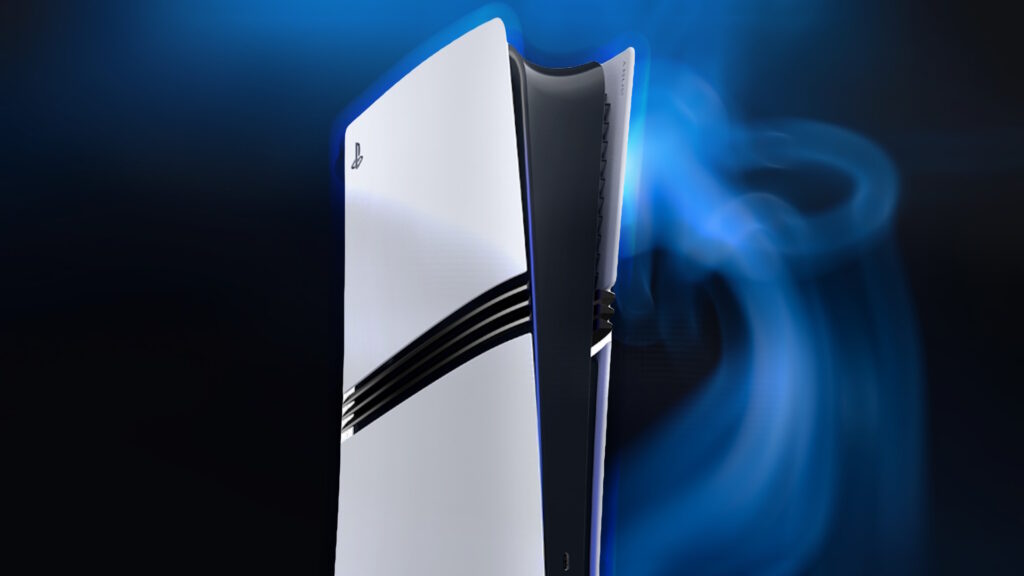
Pulling out of the hardware race would essentially hand the keys to the kingdom over to Sony, practically giving it a monopoly. While Nintendo is also a formidable force, currently enjoying a successful new launch of its own with the Switch 2, it continues to (rather deliberately) operate at a different level of the atmosphere, so as not to directly share the same airspace.
The new generation of Xbox consoles will likely perform in the market just as the Xbox Series X|S have—average. But, they’re not meant to shake things up. They’re meant to keep Xbox looking strong, while also giving Microsoft the power to still dictate where gaming as a whole will go. It will still be working directly with developers and giving gamers the means to play wherever and however they want.
Even as it has accepted that PC is an incredibly large market (something it, for whatever reason, ignored for several years), consoles are still the preferred method of play for millions of people. These folks will still need a place to go once this current generation concludes, and letting them all flock to PlayStation and Nintendo would be a foolish move on Microsoft’s part.
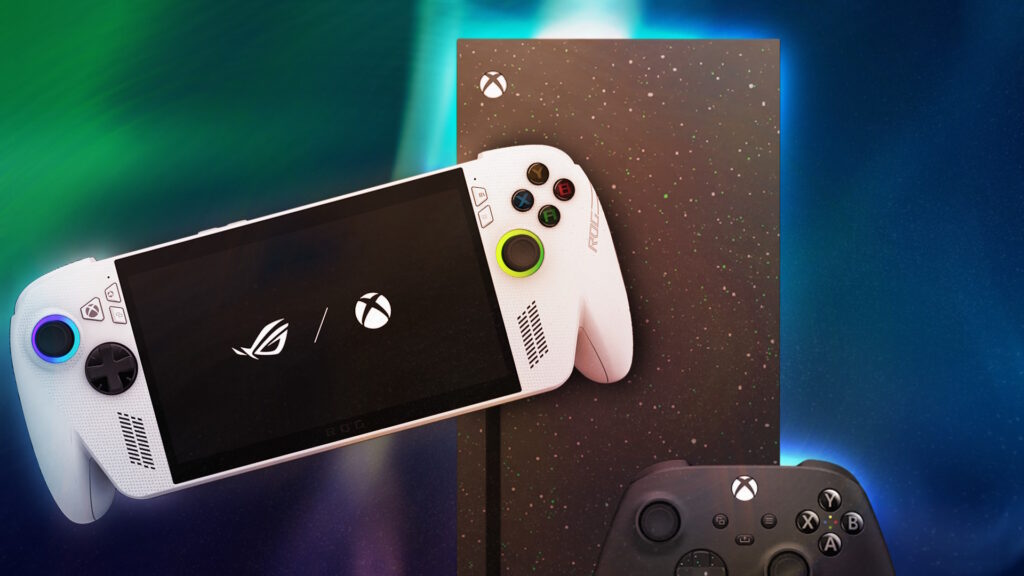
Instead, it’s putting Xbox wherever a customer might be.
If someone wants a near seamless gaming experience and isn’t too invested in a personal library, then there’s Xbox Cloud Gaming. If instead they want the plug-and-play ease of a console, then a proper Xbox will be there either under the TV, or in their hands, beginning with the new Xbox ROG Ally. And, if someone wants the most diverse, yet complex gaming experience, then there’s Windows, which is getting even more gaming-related love in the years to come.
On that note, Microsoft has even strongly hinted that the next Xbox systems will adopt even more of the prevalent freedom found on PC, as they’re described as being: “a platform designed for players, not tied to a single store or device, and fully compatible with your existing Xbox game library.” So, we’re getting Steam on console, then? Valve surely will be happy if that turns out to be the case.
There’s room for everyone…(?)
As Microsoft continues to go ahead with this new strategy, the surrounding industry continues to change.
PC gaming is as big as it’s ever been and seems to be getting bigger, though consoles remain very healthy as evidenced most recently by the aforementioned stellar launch performance of the Switch 2. Sony has even announced that the PS6 is “top of mind” right now, despite some feeling like the PS5 has yet to properly hit its stride.
Microsoft nor Sony has given any hard indicators as to when their new platforms will arrive, but if past generations are anything to go by, perhaps just before 2030 is when they’re to be expected.
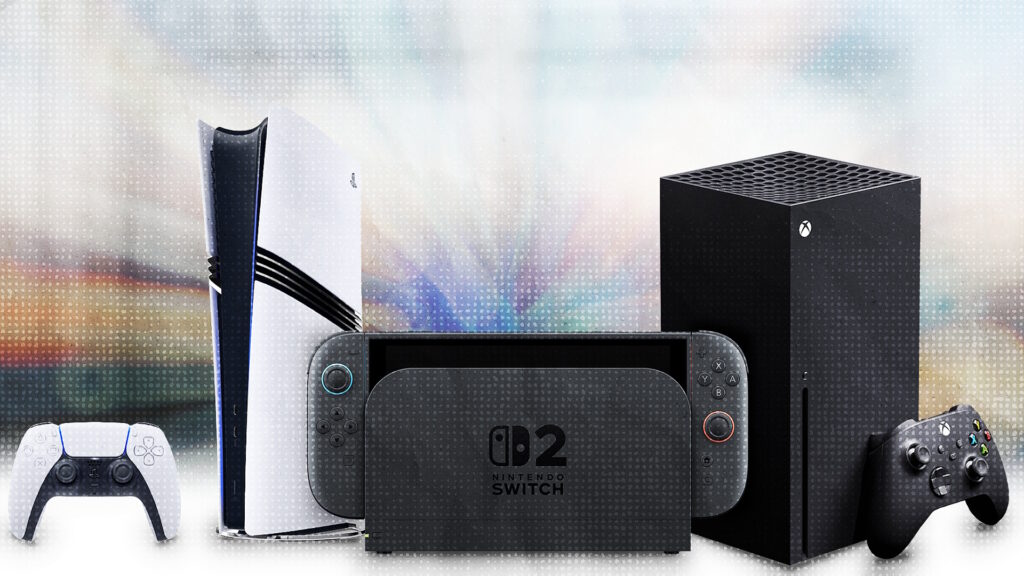
Still, the landscape of gaming is moving and changing fast. With Microsoft shaking things up to such a large degree, it will be very interesting to see how the industry evolves over the next few years.

